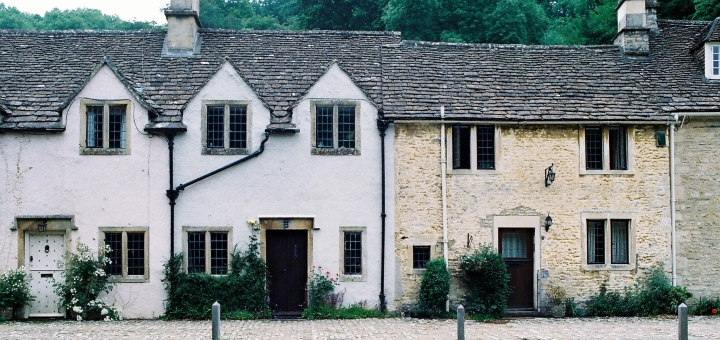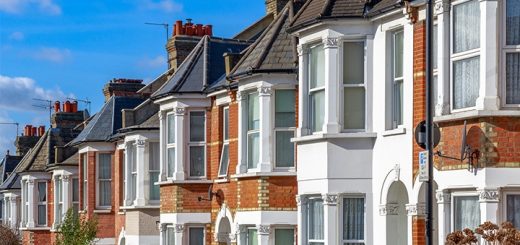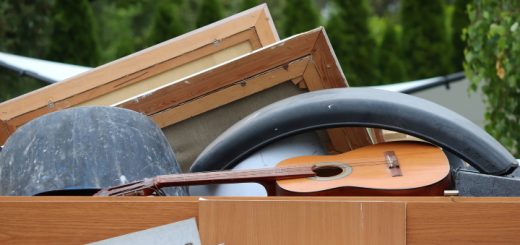Three things to be aware of working on an old property – what could be your responsibility?

It’s easy to see the appeal of buying an old home. Buildings which, in design, reflect the fascinating period in which they were built can fetch high prices, making them particularly attractive for investment purposes. However, there can be awkward implications of looking after an old property.
The situation can become especially complicated if the home has been given a listing in an attempt to help preserve its historic character. Where would your particular responsibilities lie?
Will you be the landlord of the property?
If you are planning to rent out the property, you will become a landlord when you follow through with the plan. As a result, you will have the obligations – outlined by GOV.UK – of keeping the property safe and checking that its gas and electricity equipment is safely fitted and maintained.
To help keep the property safe from fire, you will also need to install and test smoke alarms and carbon monoxide alarms. If the property has been adapted into flats, you would also have the responsibility of following fire safety regulations for this kind of property.
If the building has only recently been converted into flats by a previous owner, that person might have had to jump through a few hurdles to make it possible – as the following points illustrate…
Check whether the building is listed
If the property dates back over a century and remains in largely its original condition, there’s a chance that this building is listed. That would complicate the picture of how you could maintain it.
In the UK, all buildings originally constructed before 1700 and still surviving in a state at least similar to their original condition are listed. Most such buildings from 1700 to 1840 have also been given listings, though there is a much smaller proportion of listings for buildings dating from after 1840.
As a listing can have crucial implications for your ability to modify the property, you should look up whether your building indeed falls into this bracket if you have lingering uncertainty on this point. Real Homes has posted a list of online directories which can be used to look up addresses of listed properties.
How to secure permission to alter a listed building
To describe a complex situation as simply as practically possible: if you want to make a change to a listed property, you need to verify whether that change would be allowed. If it actually would be, you would then need to apply for permission to put that alteration into effect.
Take heart that, according to statistics, most applications for alterations to listed buildings do receive approval. Usually, once you have sent off an application, a conservation officer at the local authority’s planning department will assess what impact the proposed changes could make.
As a general rule, like-for-like repairs have to match the existing detail and original materials. You can pass this information onto a tradesman who takes on the work and who can also take out public liability insurance from Tradesman Saver for your comfort.
Photo credit: S L Wong









